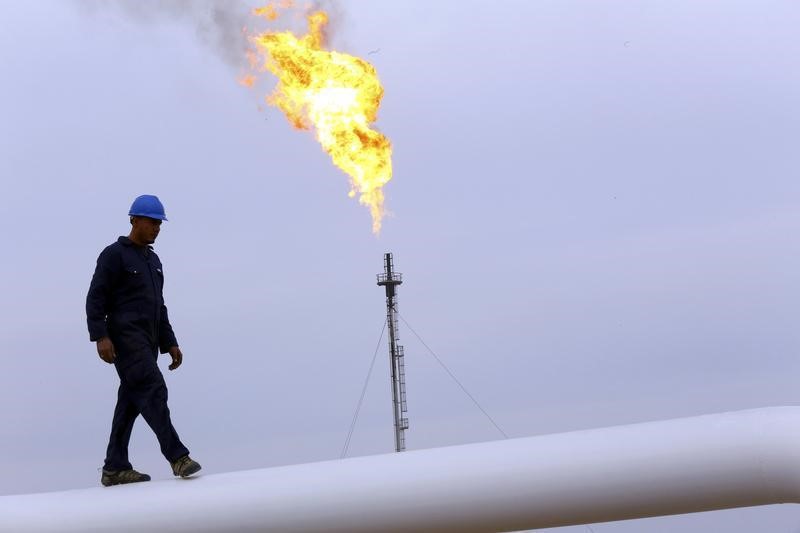Oil prices rebound sharply on smaller-than-feared OPEC+ output hike
By Barani Krishnan
Investing.com -- Blame it on the central banks, but oil’s comeback rally after its worst week since March has been snuffed out by renewed fears over higher-for-longer interest rates in the U.S. to Europe — despite this week’s support for the market from the shutdown of Canadian pipeline Keystone, which supplies crude to refineries in the U.S. West Coast.
Weighing on sentiment equally were fears that China’s coronavirus could get out of hand again amid reports of rising fatalities in the world’s largest oil consumer. “If COVID spreads freely and many people cannot get care, we estimate that in the coming months 1.5 million Chinese people will die from the virus,” The Economist said.
On the positive side, there was just modest support for the market on Friday from news that the Biden administration will start refilling the heavily drawn-down U.S. Strategic Petroleum Reserve, or SPR, from February with an initial purchase of 3M barrels.
The administration has drawn down some 200M barrels from the SPR over the past year, sending inventories in the reserve to 38-year lows, as it attempted to bridge a global supply deficit in crude caused by Russia’s invasion of Ukraine and consequent sanctions on Moscow. Reliance on the SPR accelerated after the White House approved a 180M-barrel draw over a six-month period beginning in May. Brent crude hit 14-year highs of almost $140 a barrel in early March, just after the Ukraine invasion, while U.S. pump prices of gasoline hit record highs of $5 per gallon by June.
As of Friday, Brent was trading under $75 per barrel while gasoline at U.S. pumps averaged $3.18 per gallon, according to the American Automobile Association — although some areas in the United States with refineries in their proximity had gasoline at under $3 a gallon due to cheaper costs of transporting the fuel.
News of the SPR’s refilling, which oil bulls had widely anticipated to re-energize oil prices, came amid a renewed hawkish tone by the Federal Reserve, the European Central Bank and the Bank of England that dampened risk appetite across markets.
The positive tone in oil was also offset somewhat on Friday by a Biden administration official saying the SPR would also loan out 2M barrels to domestic energy companies to relieve any supply shortage caused by the Keystone pipeline’s closure. Under this arrangement, companies will immediately receive an x-amount of barrels from the reserve and return them much later, at a mutually-agreed time.
“It’s a smart hedge, if you ask me,” John Kilduff, a partner at New York energy hedge fund Again Capital, said, referring to the two countervailing decisions involving the SPR. “Instead of announcing a massive purchase that would take care of the entire 180M barrels that were drawn down the last six months, the administration chose to just begin with a 3M barrel purchase. The positive impact on the market will be minimal, just as U.S. consumers at the pump would have liked.”
At 14:00 ET, about a half-hour before its settlement in New York, Brent crude for delivery in February was down $1.93, or 2.6%, trading at $79.28 per barrel. Earlier, it hit a session low of $78.30. For the week though, the global crude benchmark was up 4% after the 11% slump in the week prior that took a barrel of Brent to as low as $75.14 — a bottom not seen since Dec 23, 2021.
U.S. West Texas Intermediate crude for delivery in January was down $1.61, or 2.1%, trading at $74.50. Earlier, WTI, as it is known, hit an intraday low of $73.33. For the week, it rose 4.4% after an 11% drop last week, like Brent. The U.S. crude benchmark fell to as low as $70.11 a week ago — hitting a bottom not seen since Dec 21, 2021.
